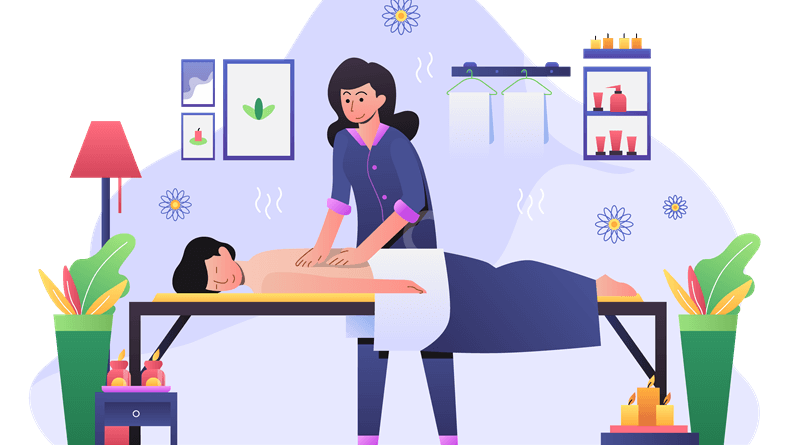The Power of Massage: Unlocking its Benefits and Precautions
Massage is a timeless practice that has been used for centuries to promote relaxation, relieve pain, and improve overall well-being. From Swedish massage to Thai massage, there are various techniques that cater to different needs and preferences. But what exactly are the benefits of massage, and are there any precautions to be aware of?
Types of Massage
Before we dive into the benefits, let’s explore some of the most popular types of massage:
1. Swedish Massage: Long strokes, kneading, and deep circular movements to relax and energize muscles.
2. Deep Tissue Massage: Slow, forceful strokes to target deeper layers of muscles and connective tissue.
3. Trigger Point Massage: Focuses on areas of tight muscle fibers to provide relief.
4. Sports Massage: Combines passive stretches and massage techniques to aid athletes in recovery.
5. Thai Massage: A slow, meditative practice that combines stretches and massage to promote relaxation.
Benefits of Massage
The benefits of massage are numerous and well-documented:
1. Reduces Stress: Lowers cortisol levels, leading to improved sleep, digestion, and mood.
2. Relieves Pain: Reduces muscle tension, inflammation, and pain.
3. Improves Blood Pressure: Regular massage has been shown to lower both systolic and diastolic blood pressure.
4. Boosts Mood: Increases production of endorphins, which can help alleviate symptoms of anxiety and depression.
5. Improves Circulation: Enhances blood flow, promoting healthy tissue repair and growth.
6. Removes Toxins: Helps eliminate lactic acid and other waste products from muscles.
7. Improves Posture: Relaxes muscles, reducing stiffness and promoting proper alignment.
8. Enhances Joint Mobility: Increases flexibility, range of motion, and reduces pain in joints.
Precautions and Contraindications
While massage is generally considered safe, there are some precautions to be aware of:
1. Find a Trained Therapist: Ensure your massage therapist is properly trained and licensed.
2. Communicate with Your Therapist: Inform your therapist of any medical conditions, injuries, or areas of concern.
3. Avoid Massage During Certain Medical Conditions: Such as acute injuries, infections, or certain medical conditions like cancer or osteoporosis.
Conclusion
Massage is a powerful tool for promoting relaxation, relieving pain, and improving overall well-being. By understanding the benefits and precautions of massage, you can incorporate this practice into your self-care routine and enjoy its numerous benefits.
References:
https://nccih.nih.gov/health/massage/massageintroduction.htm
https://www.mayoclinic.org/healthy-lifestyle/stress-management/in-depth/massage/art-20045743
https://www.medicalnewstoday.com/articles/323687.php

